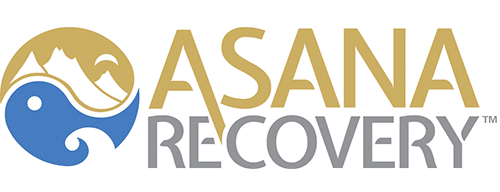Every day, more than 115 people in the United States alone die after overdosing on opioids. Whether they’re prescription painkillers, synthetic drugs like fentanyl, or older drugs like heroin, opioids have contributed to a serious public health crisis. It’s believed that over the next decade, 510,000 people will die from opioid-related causes. Of course, that estimated death toll could be even higher. 2017 was the worst year yet for drug overdose deaths, and if that trend continues, it’s hard to say what the next decade will look like.
A new study by researchers at Stanford University, published in the American Journal of Public Health in August, suggests that there is more we can be doing to reduce the death toll. We are making some headway right now, increasing access to the overdose reversal drug naloxone and cutting back on the number of opioid prescriptions handed out, but it’s not nearly enough. For one thing, needle exchange programs have been proven effective in reducing some of the deadly dangers of opioid use, like the transmission of HIV. However, these programs are still highly controversial, and they’re actually banned in 15 states. Even in states where needle exchanges are legal, local governments often try to shut them down.
The Stanford study, titled Modeling Health Benefits and Harms of Public Policy Responses to the US Opioid Epidemic used a mathematical model to look at how different policies could affect the opioid death toll. The researchers stress that there is no magic solution, and no one policy alone could even come close to ending the crisis. They found, for example, that increased access to naloxone could reduce opioid-related deaths by 21,200 over the next 10 years, that medication-based treatments for opioid addiction like buprenorphine and methadone would reduce deaths by 12,500 in that time, and that limitations on painkiller prescribing for acute pain (such as after surgery or an injury) would reduce deaths by 8,000. Again, these numbers can’t be completely accurate, but they do give us an idea that naloxone, needle exchanges, and medication-based treatment should all be increased for greater effect.
On the other hand, it turns out that some attempts at prescription painkiller control might actually increase the number of opioid-related deaths in the next ten or even five years. We know that the opioid epidemic was largely born from doctors overprescribing pain medications, and that many people who became addicted to those moved on to heroin and fentanyl. This means we have to look at whether fewer people overdosing on their prescription medications would balance out with the people who lost their prescriptions, moved on to something stronger, and overdosed on that drug. According to the study, the numbers aren’t promising. Cutting back on painkiller deaths, they say, will simply increase the number of heroin overdoses.
If you or a loved one need help with quitting drugs or alcohol, consider Asana Recovery. We offer medical detox, along with both residential and outpatient programs, and you’ll be supervised by a highly trained staff of medical professionals, counselors, and therapists. Call us any time at (949) 438-4504 to get started.



